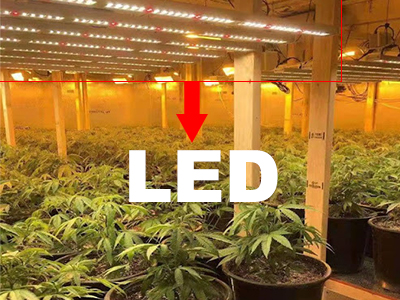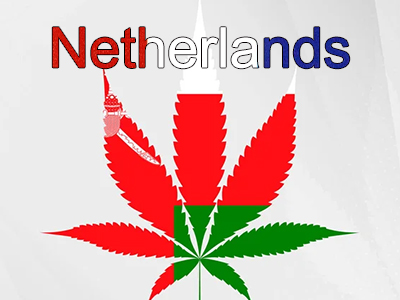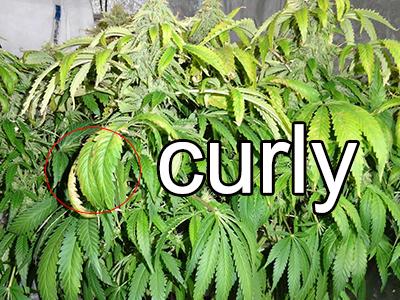With the recent legalization of cannabis, more and more cannabis growers are emerging. Whether it is cannabis or other plants, light is essential for plants. If you want plants to have high quality and yield, you must conduct an in-depth analysis of their needs for light.
In the world of plants, light is like food for plants. Different plants have different needs for this "food", especially specialty crops like cannabis and the vegetables we eat every day. Some plants may prefer a "big meal" (stronger light), while others may be content with a "snack" (weaker light). By understanding the "taste" of plants, we can better care for them and help them thrive.
The concept of photosynthetically active radiation (PPFD)
To understand plants' needs for light, we first need to know what photosynthetically active radiation (PPFD) is. The term may sound a bit complicated, but it's actually like a ruler that measures the "part of the sunlight that is useful to the plant." PPFD tells us how many photons per square meter fall on plant leaves, and these photons are exactly what plants need for photosynthesis. Just like different people have different food needs, plants also have different needs for PPFD at different growth stages.
Cannabis’s need for light:
Germination Stage: This stage requires a mild PPFD to support healthy seedling growth.
Growth period: As the plant matures, cannabis's demand for light increases, and the PPFD value is usually 800 μmol/m²/s.
Flowering stage: This is the stage with the highest light demand in the cannabis life cycle. This stage has the highest PPFD demand, which can reach 1100-1600 μmol/m²/s. During this period, intense light contributes to flower formation and development, which in turn affects final yield and quality.
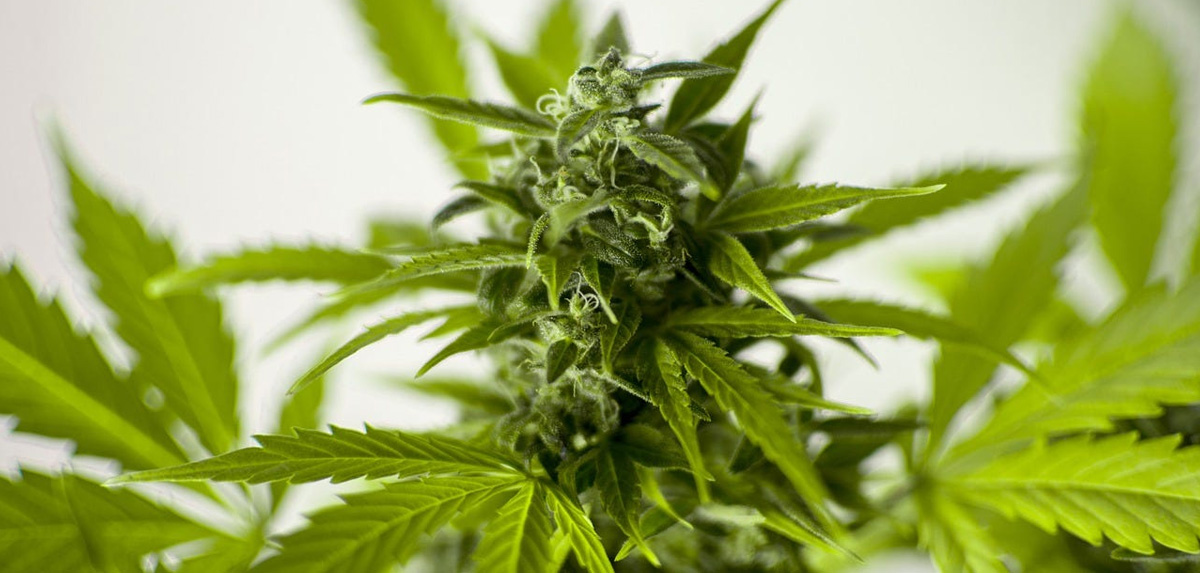
Vegetables’ light needs:
The light requirements of vegetables vary depending on their type (leaf vegetables or fruit vegetables) and growth stage. In particular, there are obvious differences in the requirements for photosynthetically active radiation (PPFD).
Light requirements of leafy vegetables
Leafy vegetables, such as lettuce, spinach, and kale, generally have lower light requirements throughout their growth stages. Their PPFD requirements are typically in the range of 150-250μmol/m²/s. This light level is enough to support their photosynthesis and promote the formation of chlorophyll, which helps the leaves grow big and green. Leafy vegetables grow well in lower light, but insufficient light may result in slower growth and lighter leaf color.
Light requirements of fruits and vegetables
Fruity vegetables, such as tomatoes, peppers, and cucumbers, generally have higher light requirements. Their PPFD requirements during the general growth stage are usually above 250 μmol/m²/s. These plants require more light to support their flower formation and fruit development. Higher light intensity helps increase sugar accumulation in the fruit, thereby enhancing its flavor and nutritional value. Insufficient light may cause stunted fruit development and reduced yields.
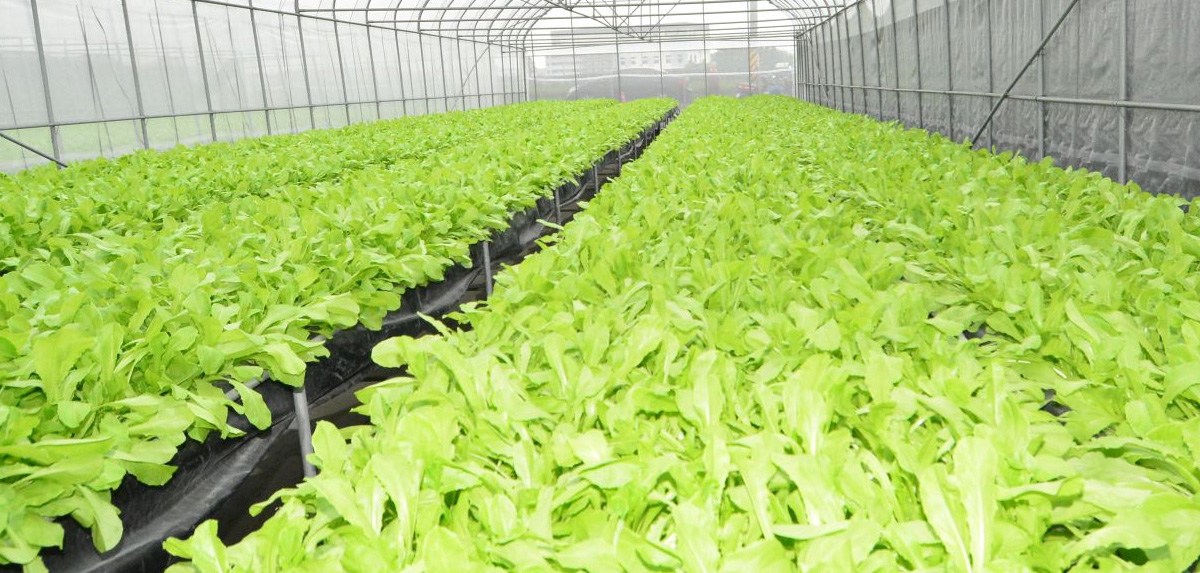
The importance of light to plants is self-evident. Although natural light is currently an important light source for plant growth, it is affected by seasonal changes, weather conditions and geographical location, making the level of PPFD difficult to precisely control. This is why sometimes the yield and quality of the plants you carefully care for are "double reduced".
Compared with natural light, artificial light sources such as LED grow lights can accurately control PPFD (photosynthetically active radiation) to ensure that plants receive the necessary light intensity for their growth. After ten years of in-depth research, the VANQ team focused on the combination of cannabis growth needs and LED technology, and designed suitable LED growth lights specifically for cannabis to maximize plant growth potential. You can click on the dialog box below to learn more ~





















